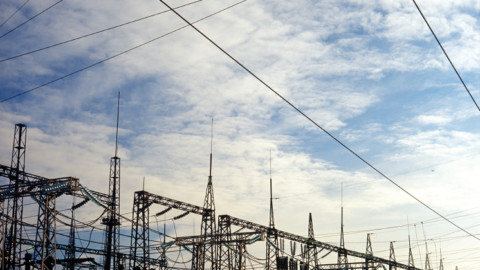The International Energy Agency (IEA) Photovoltaic (PV) Power System Programme, has released a comprehensive PV inspection methods report, showcasing a number of innovations used to inspect PV onsite with portable test equipment – such as the use of infrared inspection with drones.
Australia is represented by the Australian Photovoltaics Institute (APVI) in the new IEA report titled, Qualification of PV power plants using mobile test equipment.
The value of a PV power plant relies heavily on the solar technology performing to its promised yield, however these large-scale operations have traditionally been difficult to monitor for faults, defective or degraded PV modules; a 100 per cent technical inspection is unfeasible.
New technology is helping these inspections take place, and in Australia, drones play an important part in identifying underperforming power plants.
Recent monitoring innovations, including rapid advances in infrared inspection with drones, makes it possible to obtain an overall picture of the status of an operational PV array, as well as identifying specific PV strings or modules for further detailed analysis using mobile PV test centres.
Onsite PV inspection methods include:
- Drone-mounted electroluminescence and thermal infrared inspection of PV arrays
- Daylight current-voltage measurement of PV strings and PV modules
- PV module characterisation with a mobile PV test centre
- Dark current-voltage measurement of PV strings and PV modules
- PV plant testing vehicle for PV strings
- Electrical impedance spectroscopy of PV strings
- Daylight electroluminescence imaging
- UV fluorescence imaging
- Advanced outdoor photoluminescence imaging
- Spectroscopic methods for polymeric materials
These onsite inspection methods allow a more targeted analysis of failure as PV modules are not blindly selected. Additionally, the quality and significance of the on-site inspection results are comparable to that of traditional laboratory tests.
In the past, suspect solar modules in a PV power plant would need to be dismantled and shipped to offsite laboratories to assess, resulting in a lengthy downtime of the PV string, and risk of damage during transport.
The APVI’s two contributing authors in the report are Dr David Parlevliet, senior lecturer in the Discipline of Engineering and Energy at Murdoch University, and Dr Oliver Kunz, post-doctoral researcher in the Photoluminescence Group at the UNSW School of Photovoltaics and Renewable Energy Engineering.
Dr Parlevliet said, “Being able to perform accurate and timely on-site inspection is particularly important in Australia given the long distances and time required to ship modules to a test lab.”
Drones have now become an important piece of the portable test equipment and as Dr Parlevliet explains, “are increasingly being used in industry to rapidly assess and monitor PV plants, sometimes autonomously”.
Dr Kunz said, “The use of drones has been revolutionary in assessing the performance of PV power plants in Australia, often in remote locations and in harsh environments. Our skilled drone pilots are incredibly effective in reducing the costs and improving the accuracy of PV plant monitoring and management.”
















